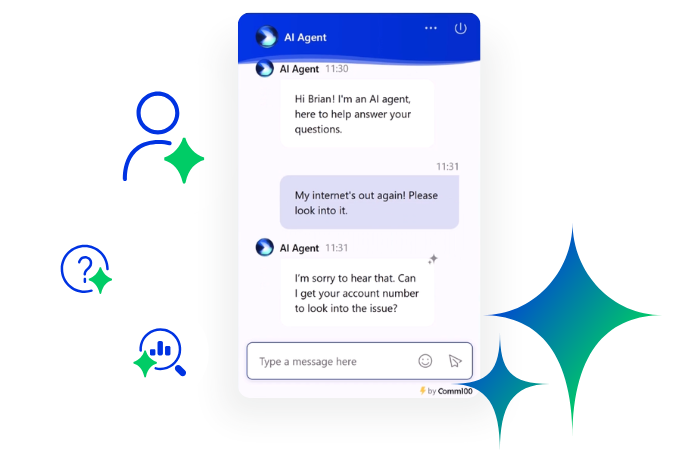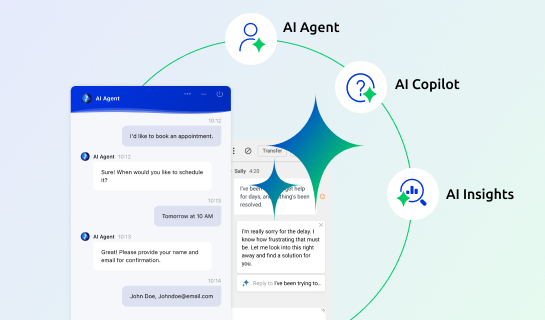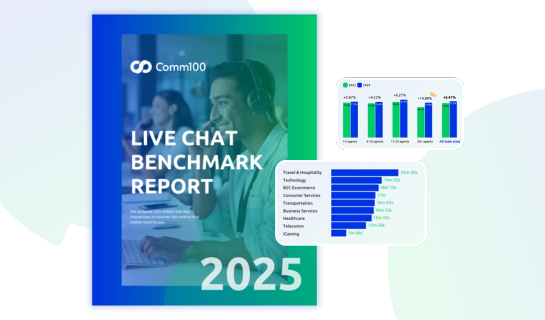It’s live! Access exclusive 2025 live chat benchmarks & see how your team stacks up.
Get the dataResource Base
Everything you need to know to start the conversation
Topic
All
- All
- Omnichannel
- Live Chat
- AI
- Ticketing & Messaging
- Messenger
- Queue Management
- Outreach
- Higher Education
- iGaming
- Financial
- Healthcare
- Customer Experience
- Security & Privacy
- For Partner
Type
All
- All
- Product Tour
- Partner Highlight
- Customer Story
- ROI Calculator
- Webinar
- White Paper
- eBook
- Infographic
- Slides
- Report
- Solution Sheet
- Video
- Blog

Be in the know!
Get the latest CS tips delivered straight to your inbox.
By clicking "Subscribe", you agree to our Privacy Policy.

The AI Agent That Talks Like You
Automate over 80% of all inquiries. Launch in 1 day. Powered by the latest GPT and vast LLMs.





















